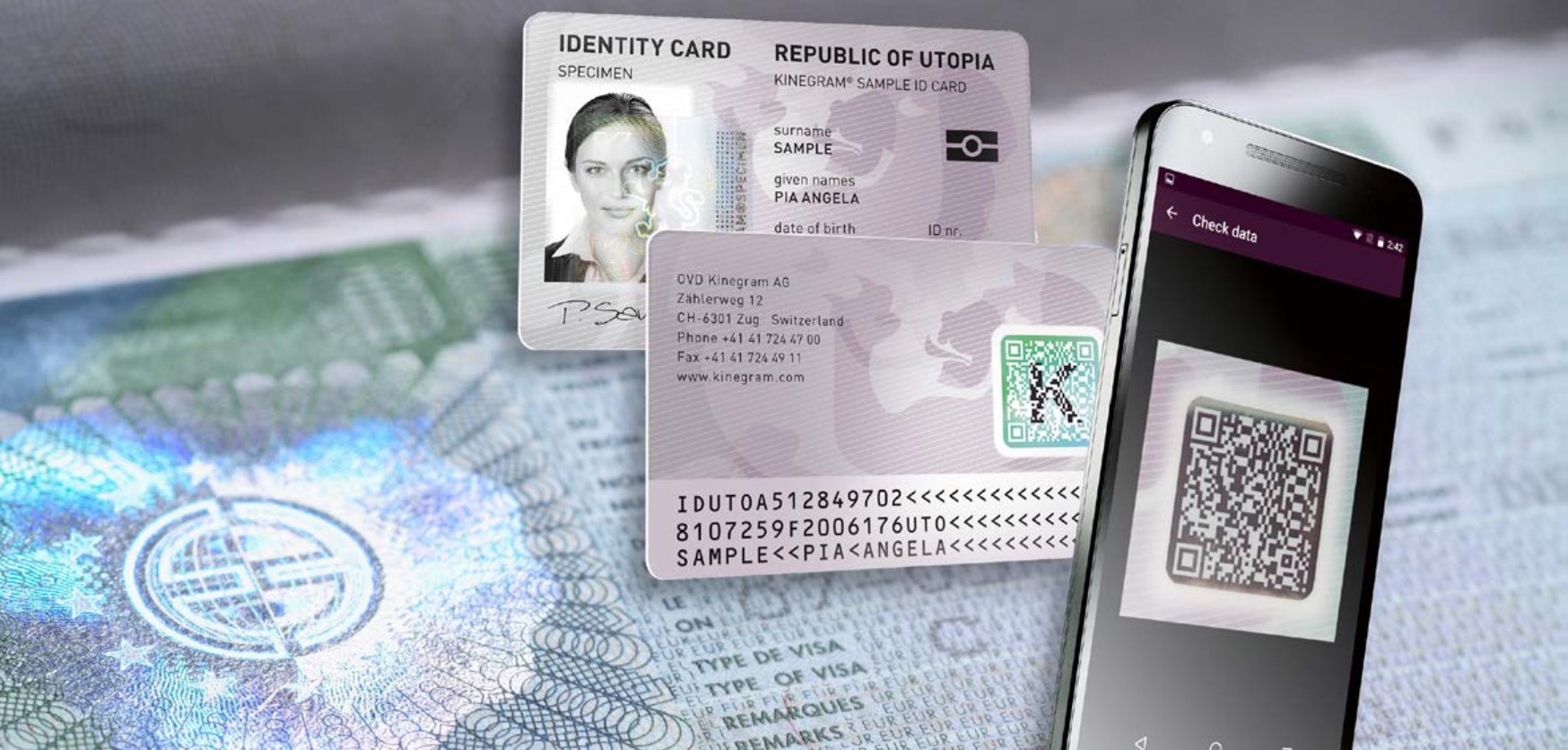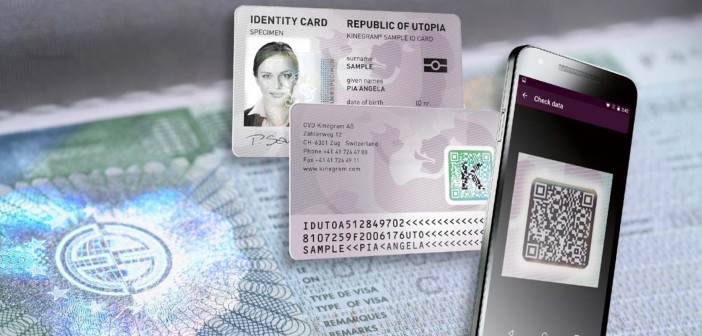
Dr Mark Deakes, general secretary of the International Hologram Manufacturers Association (IHMA), considers current developments in security holography in the face of continuing worries about fake identity documents.
While the production of identification documents is a global business, estimated to be worth hundreds of millions of dollars a year in revenues for designers, producers and manufacturers, the cost of fraudulent passports, driver’s licences and pass cards adds up to hundreds of billion dollars a year in lost revenues, untold damage to corporate reputations, and funding initiatives to combat the counterfeiters.
Identity theft affected 17 million people and amounted $15bn in 2014 in the US alone in 2014 while the Department for Homeland Security reported in 2016 that it believed Europe’s trade in forged and stolen passports was so out of control that it had reached ‘epidemic’ proportions. Elsewhere, police personnel in India are being issued with smart identity cards with special security features and a hologram in a move to improve security and identify fake officers.
But in the war on counterfeiting, holography remains a weapon of choice, paramount in securing data and protecting identity documents against interference, tampering, alteration, forgery or imitation. New materials, scientific innovation and state-of-the-art manufacturing practices combine to keep the technology fresh, secure and relevant, continuing to play a seminal role in protecting against the photograph and personal data forgery, otherwise known as the ‘variable information’.
However, the ability of holography to provide effective protection lies in the continuous innovation of new techniques. Both optical effects and material science techniques have created authentication devices that are easily recognised yet difficult to copy accurately. They can be safely integrated within the production process and stand-up to the rigorous demands of being in use for a period of anything up to ten years…Click HERE to read full article.





